Publicly funded organisations hold large volumes of information that could be used to better understand public needs, and design better public goods and services. Tapping these reservoirs of information can be expensive and difficult, and organisations struggle to identify appropriate investments to realise benefits of using information better. Barriers separating information sources are often a higher priority than the insights that come from combining them.
Publicly funded organisations collect information for many reasons. Much of it is administrative data gathered to manage operations. In aggregate, this information could be used to better understand service systems and opportunities for improvement. The information is, however, rarely aggregated outside the silos within which it is collected and stored.
The cost of sharing and analysing information can be high for organisations facing high demand for core services. Some information is sensitive, or private, and different definitions and counting rules make data hard to combine. Most people working in service delivery organisations are not data experts, and most service delivery information systems are not designed to produce coherent data for joined-up analysis.
Some silos use their information well, but others miss out on opportunities to better understand and manage the systems they operate. Sharing across silos is even more rare, contributing to avoidable duplication and misdirected effort between organisations.
Better use of information is not without costs. Building capability in information management and analysis, enhancing or replacing current systems, appropriate information security and privacy protections, and substantial data cleansing and remediation are all costs inherent in accessing meaningful insight.
These investments should be carefully weighed against the potential gains. This type of investment is only appropriate where there are real opportunities to drive significant improvements.

Privacy concerns are often cited as a barrier to collecting and sharing data between publicly funded organisations. Where better use of information will improve public services, however, efforts should be made to promote acceptance of greater information sharing by educating citizens about the potential benefits, and appropriate controls to protect personal information. This has been successful in some jurisdictions where a majority of citizens support greater use of data in the public interest.
Smaller, targeted projects can attract less resistance and are a lower cost starting point for organisations to experiment with better use of information. Successful projects on a small scale can build public confidence, as well as in-house capacity and momentum for greater ongoing use of information and analysis.
Increased public access to reservoirs of information, including deidentified data, held by publicly funded organisations is sometimes seen as a beneficial way to tap into the value of these data stores. This can be true, but preparing data for use by private parties can also divert scarce resources away from efforts to make better use of information within and across silos for the public good.
Organisations that can, individually and collaboratively, identify and act on opportunities to make better use of the information assets they already hold can drive significant improvements in understanding, prediction, resource allocation, services, and outcomes. Judicious investments to tap into, and connect, these vast reservoirs of information can open the floodgates to public value.
